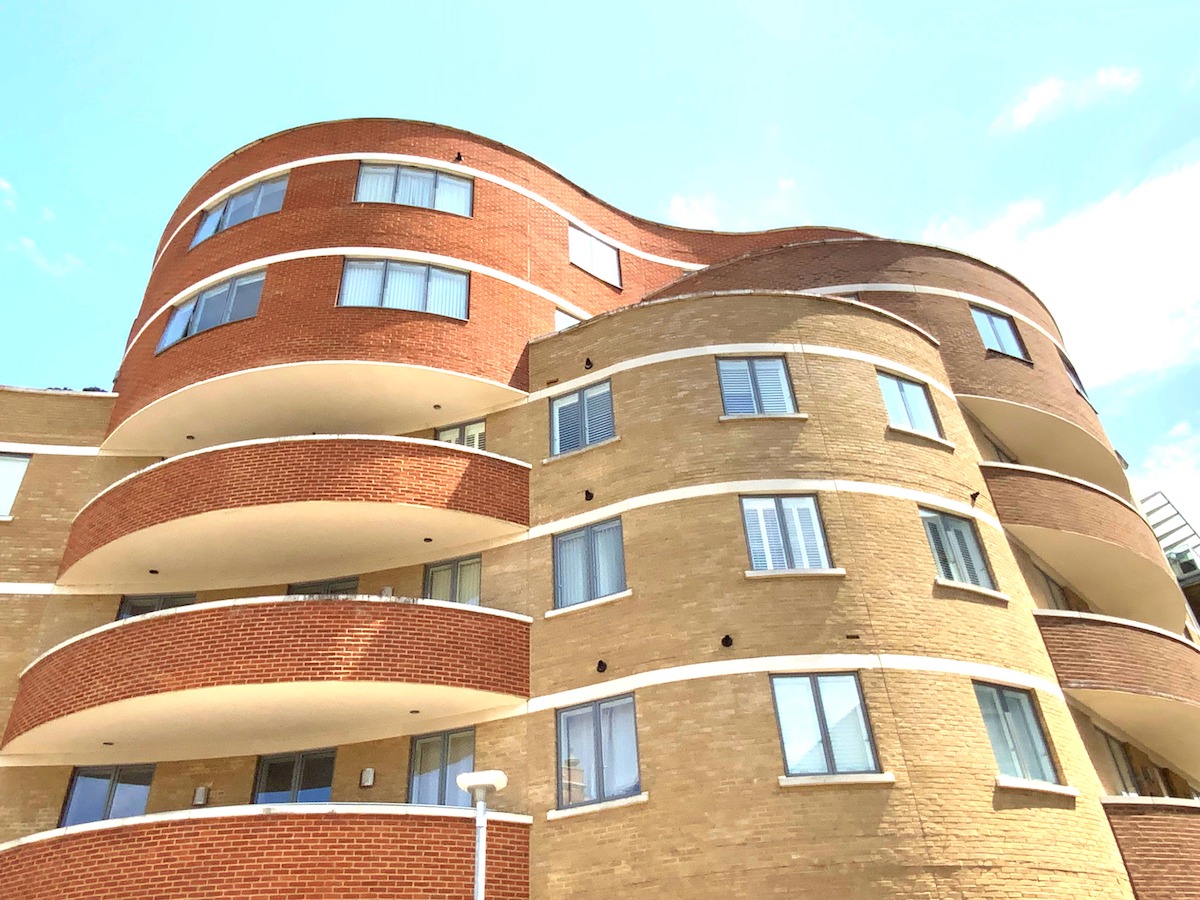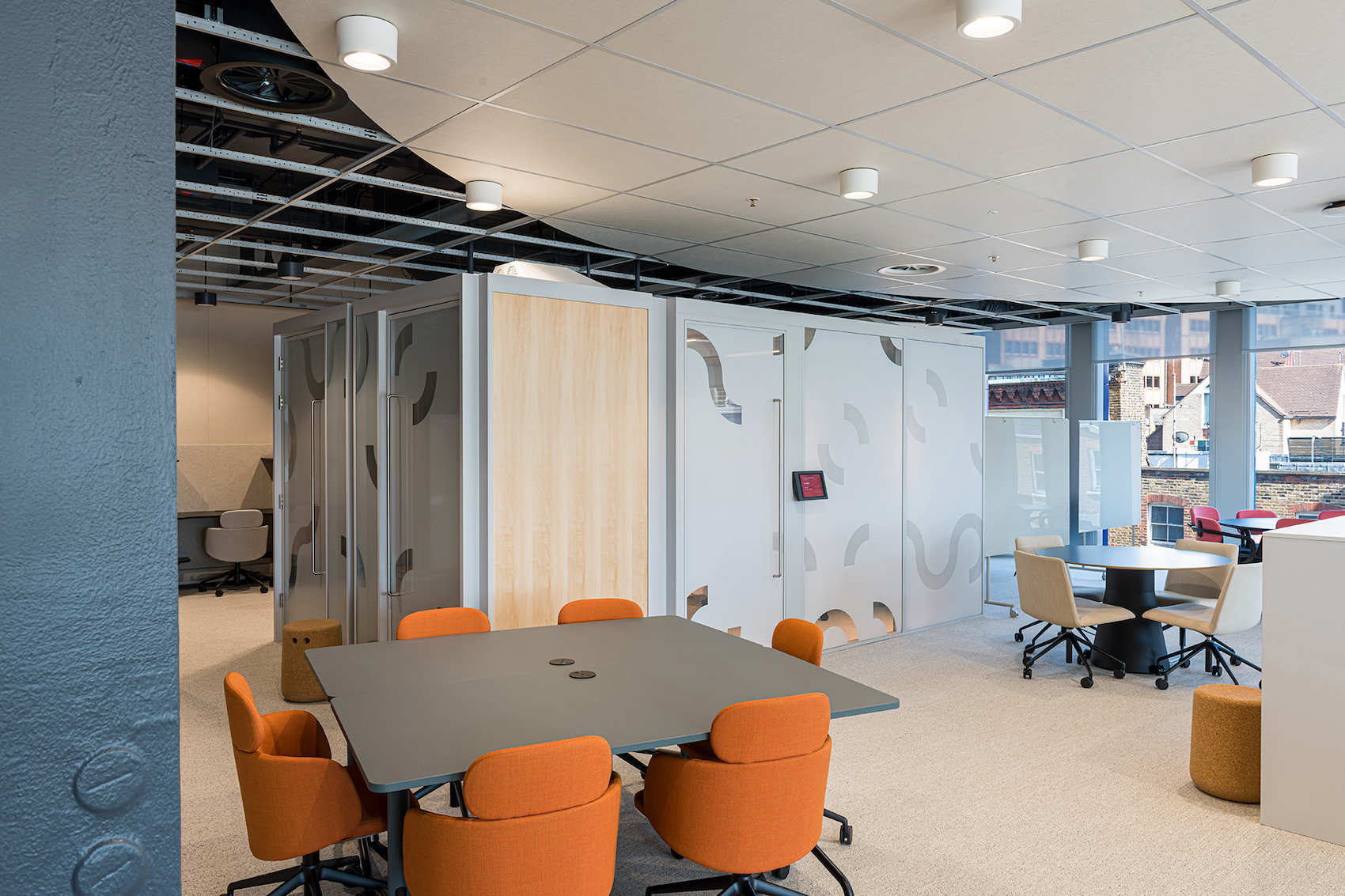There is no such thing as naturally occurring indoor radon – those who put buildings on the land create the circumstances. Radon accumulating within a property can be likened to an upturned cup. Gas will rise and enter, becoming trapped inside. Introduce a saucer under the upturned cup and the scenario changes – the entry area has effectively been blocked.
Such an approach is used to prevent rising radon gas from entering a property. A gas-resistant barrier that extends across the entire property footprint from outside-skin-face to outside-skin-face, halts the gas permeating between walls and floors, as well as inside the wall cavities.
The use of cavity barriers that link with a protective oversite membrane ensure gas arrestment is continuous, and the barriers downwardly step within the cavity walls so that penetrating water is directed outwards and discharged via Caviweep-vents.
The Problem
At external openings there is a requirement to integrate the oversite membrane, cavity barrier, undersill DPC, cavity closers and the reveals, so all are continuously linked, forming a gas-tight arrangement.
The problem is overcome using what is known as a Type PAT Protective Adjustable Threshold. The three-sided profile is bedded in position in the external opening, with its vertical sections rising in the reveal cavities. Side connectors that match the shape of the radon cavity barriers are then seal-attached to the vertical sections, sliding up or down to suit the barrier course height.
The Type PAT promotes an uninterrupted gas-resistant arrangement. Gas evacuation from under barrier level is via Cavibricks, or above barrier level using Cavibricks with through-barrier gaskets.
Cavity Trays
www.cavitytrays.co.uk
enquiries@cavitytrays.co.uk

















